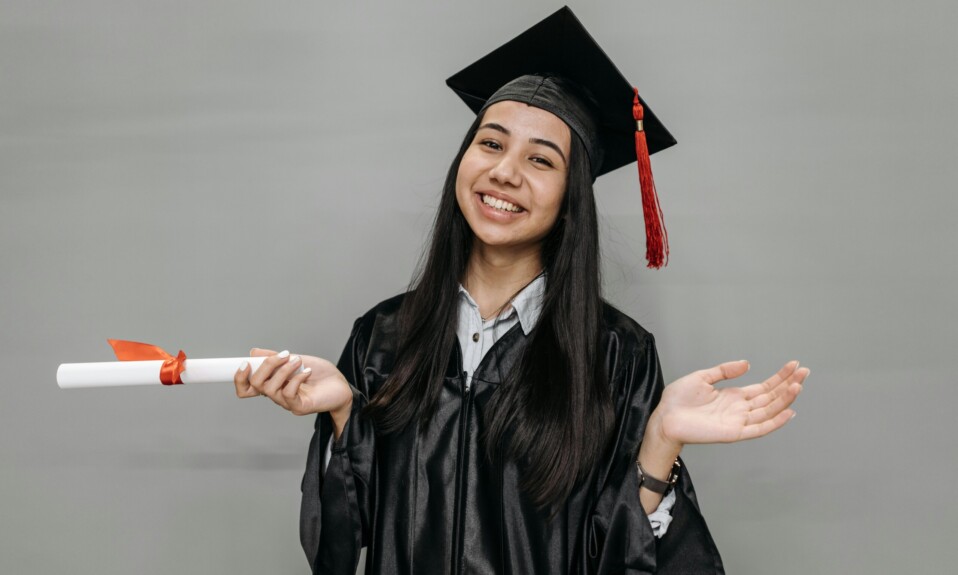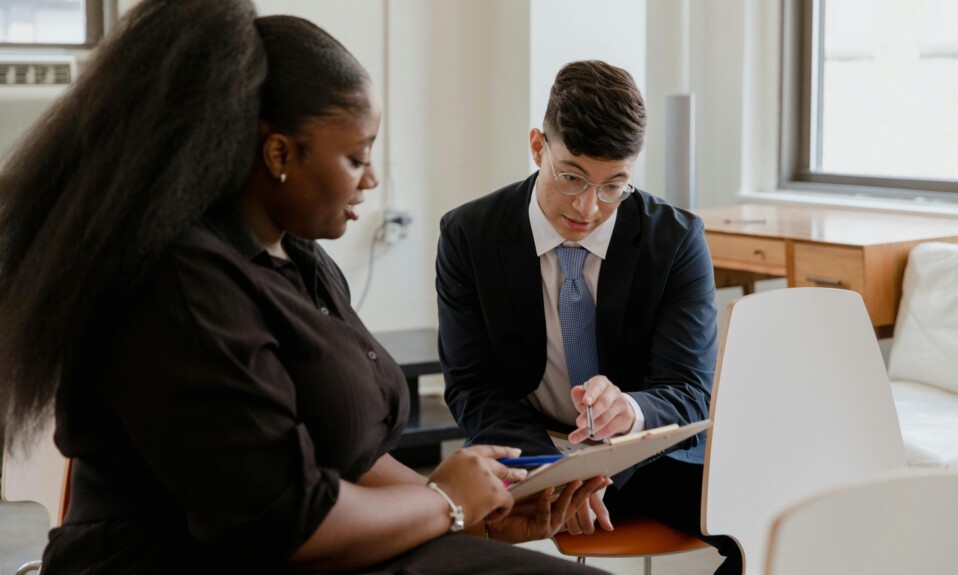Unpacking Classical Conditioning: A Secret Tool for Effective Teaching
Intro
In the world of education, finding effective teaching strategies can make all the difference in student learning outcomes. One often overlooked tool in a teacher’s arsenal is classical conditioning. By understanding and implementing principles of classical conditioning in the classroom, educators can create a more engaging and conducive learning environment. In this blog post, we will explore how classical conditioning can be used to improve teaching and learning in your class.
Understanding Classical Conditioning in a Nutshell
Dive into the intriguing world of classical conditioning, a gem in the educational landscape, introduced by the ingenious Ivan Pavlov. Picture this: Pavlov’s famous experiment where he rang a bell (a neutral stimulus) before presenting dogs with food (a meaningful stimulus). Over time, just the sound of the bell alone made the dogs salivate, anticipating their meal. This fascinating process is at the heart of classical conditioning – it’s all about making connections that weren’t there before.
At its core, classical conditioning is about pairing. Initially, you have a neutral stimulus, something that doesn’t elicit a particular response related to learning or behavior. Then, you introduce a meaningful stimulus, something that naturally triggers a response. When these two are paired together repeatedly, voila! The neutral stimulus begins to evoke the response all on its own.
Think of it as a dance between stimuli and responses, a harmonious routine that, with practice, becomes second nature. It’s like creating a shortcut in the brain, making certain responses faster and more automatic in connection with new, previously neutral cues.
In the realm of education, this concept is not just academic—it’s a practical tool. By weaving the principles of classical conditioning into the fabric of teaching, educators can craft lessons that not only impart knowledge but also ignite a lasting spark of curiosity and enthusiasm for learning. It’s about turning the classroom into a stage where every lesson is a chance for a new, positive association to be formed, transforming the learning experience into something memorable and deeply engaging. So, let’s embark on this adventure, leveraging the power of classical conditioning to unlock a world of potential in every learner.
The Link Between Classical Conditioning and Learning
Exploring the synergy between classical conditioning and learning unveils an extraordinary alliance. Imagine transforming the educational experience into an enchanting journey where each lesson becomes a stepping stone to building positive learning behaviors. This is the magic woven through the application of classical conditioning in teaching. It’s akin to finding a secret passageway that leads to a treasure trove of engaged and motivated learners.
At its essence, classical conditioning serves as a bridge to fostering a conducive learning environment. It empowers educators to navigate the complexities of student behaviors and mold them in a way that promotes academic success. Picture a classroom where the sound of a bell not only signals the start of a session but also ignites a sense of excitement and anticipation for what’s to come. This connection between a neutral stimulus (the bell) and a positive emotional response (excitement for learning) can transform the classroom atmosphere, making learning an adventure rather than a chore.
Incorporating classical conditioning into educational practices involves more than just the mere expectation of Pavlovian responses. It’s about carefully crafting experiences that link knowledge acquisition with positive emotional states. This strategic pairing encourages students to associate learning with joy, curiosity, and satisfaction, thereby enhancing their intrinsic motivation to engage with the material.
By delving into the nuanced relationship between classical conditioning and learning, educators can unlock innovative approaches to teaching that resonate with their students on a deeper level. It’s an invitation to embark on a creative endeavor that enriches the teaching and learning dynamic, making education a vibrant and transformative experience.
Creating Positive Classroom Associations
Imagine stepping into a classroom where the air buzzes with anticipation, and every corner whispers a promise of discovery and achievement. This isn’t a far-fetched fantasy but a practical outcome of applying classical conditioning to forge positive classroom associations. When educators cleverly pair learning activities with rewarding experiences—think applause for a well-answered question or a colorful sticker for a task well done—they plant the seeds of a positive attitude toward education in their students’ minds.
But it’s not just about tangible rewards. The genuine, heartfelt praise from a teacher, or a moment of genuine connection over a shared discovery, can light up a student’s learning journey like stars in the night sky. These moments, as simple as they may seem, are powerful catalysts for embedding a deep love for learning.
Creating a learning environment that sparkles with positivity is akin to setting the stage for an epic adventure every day. It’s about making every lesson an invitation to explore, with the classroom serving as a safe harbor for curiosity. By consistently embedding these positive experiences into the educational process, teachers can guide their students to anchor learning to a sense of joy and accomplishment.
This alchemy of blending learning with positive emotional experiences doesn’t just enhance motivation; it transforms the classroom into a vibrant community where students are eager to engage, participate, and contribute. It’s here, in these nurturing environments, that education transcends the pages of textbooks to become a living, breathing experience.
Using Rewards to Reinforce Learning
In the enchanting world of teaching, rewards serve as magical keys to unlocking student potential and reinforcing desired learning behaviors. Imagine a classroom where every achievement, no matter how small, is celebrated. This could look like a vibrant sticker for a correctly solved problem, a round of applause for a brave attempt at answering a tough question, or an extra few minutes of recess for a day’s hard work. These rewards, simple yet profound, play a pivotal role in classical conditioning within the educational realm.
Delving into the art of using rewards, it’s crucial to strike a balance. The aim is not just to hand out rewards but to create a meaningful connection between the students’ efforts and their achievements. This process turns the classroom into a stage where positive reinforcement is the star, guiding students toward a deeper appreciation for the learning journey.
When teachers creatively incorporate rewards into their strategy, they do more than just motivate. They embed in students’ minds an association of joy and accomplishment with learning, sparking an internal drive to explore, discover, and achieve more. This method is akin to planting seeds in fertile soil, nurturing growth through consistent and thoughtful reinforcement.
Rewards, when used wisely, are not just incentives; they are tools that help sculpt students’ perceptions of learning, making each lesson a thrilling quest for knowledge. Through this inventive approach, educators can wield the power of classical conditioning to foster an environment where learning is not just a task but a cherished adventure.
The Role of Repetition in Strengthening Learning
Just like the chorus of your favorite song that gets stuck in your head, repetition in the classroom serves a pivotal role in cementing learning. This rhythmic approach to education taps into the essence of classical conditioning, allowing students to form and reinforce connections between what they’re learning and how they’re learning it. Think of repetition as the rehearsal before the big show, where each practice round enhances the performance.
Incorporating repetition isn’t about mindless rote learning; rather, it’s about creating meaningful encounters with the material from various angles. This could look like revisiting a concept through a different activity, discussing it in a new context, or applying it in a practical project. Every encounter acts as another layer of varnish, polishing the knowledge until it shines brightly in the students’ minds, ready to be recalled at a moment’s notice.
Creative repetition transforms the educational experience from a one-time event into a dynamic process. It ensures that learning sticks, not just for the test next week, but for the unforeseen challenges down the road. Through the strategic use of repetition, educators can lead their students on a journey where each step deepens their understanding and enriches their learning landscape.
So, let’s embrace repetition not as a tedious drill, but as a masterful stroke in the art of teaching. By integrating this principle with the magic of classical conditioning, we can sculpt an educational experience that resonates, endures, and empowers our students to achieve their fullest potential.
Implementing Classical Conditioning in Lesson Planning
Embarking on the journey of weaving classical conditioning into your lesson plans requires a blend of creativity, strategy, and mindfulness. Picture this: each lesson becomes a tapestry of carefully chosen stimuli that guide students toward a positive emotional and educational response. The first step is identifying those neutral stimuli within your classroom environment that can be transformed into powerful learning triggers. It could be a specific signal, such as a unique sound or visual cue, that marks the transition into a learning activity or signals the moment for collective attention.
Next, pair these signals with positive learning experiences. This could involve integrating a variety of teaching aids, from engaging multimedia presentations to interactive group activities, ensuring each lesson is imbued with excitement and anticipation. The key here is consistency—by repeatedly associating these positive experiences with the initial neutral stimuli, you’re crafting an automatic response of eagerness and focus among your students.
Creative lesson planning also means varying the rewards and reinforcing positive behaviors in novel ways to keep the spark of motivation alive. Whether it’s verbal praise, a sticker, or the thrill of discovering something new, these rewards should resonate with your students and reinforce their connection to the learning process.
By using the theory of classical conditioning to inform lesson planning, you may increase student engagement and harness the thrill of discovery, turning every classroom experience into a journey towards a lifetime love of learning.
Addressing Challenges and Misconceptions
Navigating the world of classical conditioning in education is akin to embarking on a captivating exploration, but it’s not without its twists and turns. A common misconception is that classical conditioning involves simple, straightforward cause-and-effect relationships that work uniformly for all students. However, the tapestry of human learning is far more intricate. Students are wonderfully diverse in their responses to stimuli, and what sparks a flame of enthusiasm in one might not flicker for another. This diversity requires educators to adopt a bespoke approach, tailoring their classical conditioning strategies to match the unique needs and learning styles of each student.
Another potential challenge is the notion that reliance on rewards can lead students to seek external validation rather than developing intrinsic motivation. It’s essential to navigate this carefully, blending rewards with strategies that foster an inner drive for learning. By gradually shifting from tangible rewards to the joy of learning itself as the ultimate reward, educators can help students build a bridge to self-motivated learning.
Remember, classical conditioning is more art than science, requiring a delicate balance, a dash of creativity, and a pinch of flexibility. By staying attuned to the needs of their students and being prepared to adjust their approach, teachers can utilize classical conditioning not just as a tool for learning, but as a gateway to inspiring a lifelong passion for discovery.
Real-World Examples of Classical Conditioning in Education
Embark on a journey through the classrooms of the world, where classical conditioning isn’t just a theory, but a vibrant part of the educational tapestry. For example, consider the teacher who starts each successful group activity with a unique, joyful tune. Over time, students begin to associate this tune with the satisfaction and camaraderie of teamwork, eagerly participating each time they hear it. Or, envision a math class where solving a challenging problem earns the solver the privilege of leading the next game—slowly, the challenge of math transforms into an opportunity for leadership and fun.
These real-world applications showcase the creative blend of classical conditioning with educational practices. By ingeniously pairing neutral stimuli (like a tune or a leadership opportunity) with positive outcomes (teamwork success or fun in learning), educators are crafting environments where students not only learn but thrive. Each instance is a testament to the power of classical conditioning in turning everyday classroom moments into gateways for enthusiastic and effective learning.
ALSO READ ON: The Game-Changer: How Games Can Boost Your English Lessons – Emma Citizen
Classical Conditioning: How It Works With Examples (simplypsychology.org)










